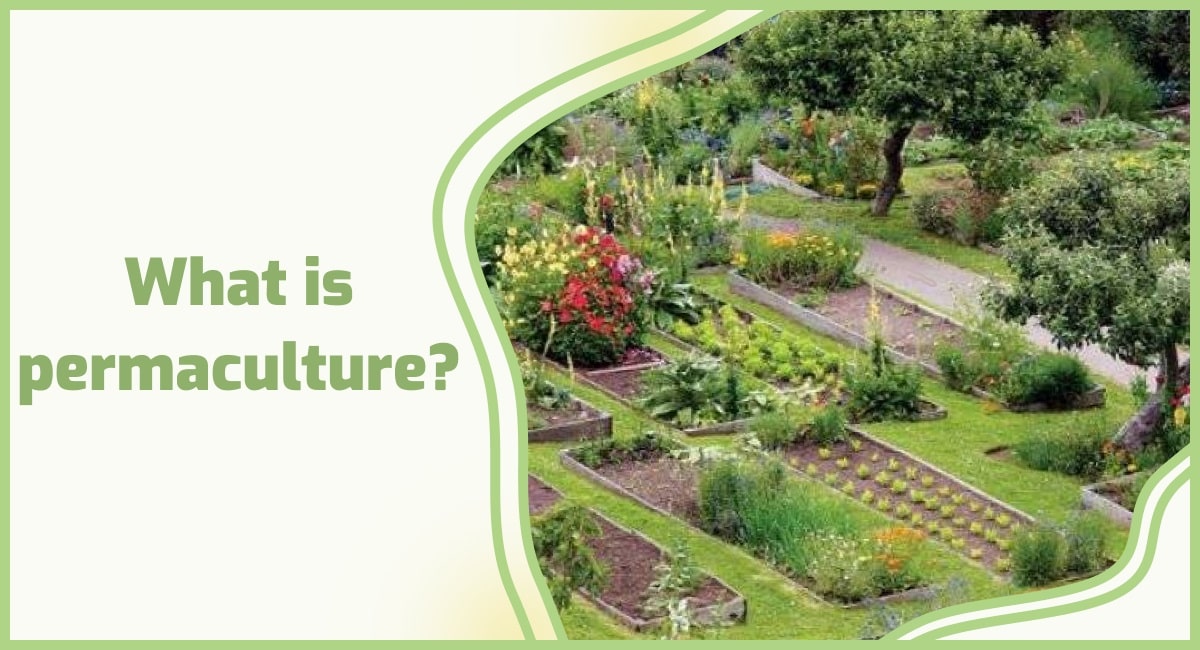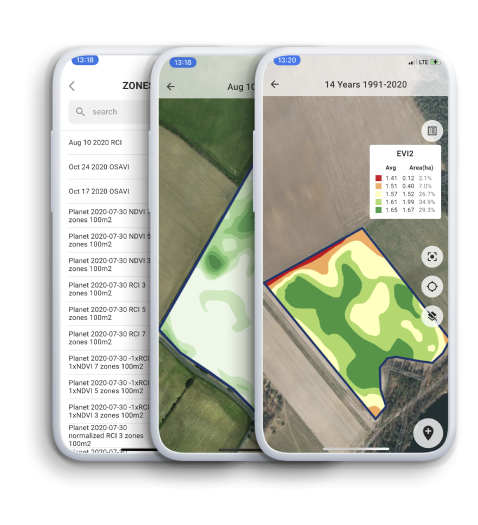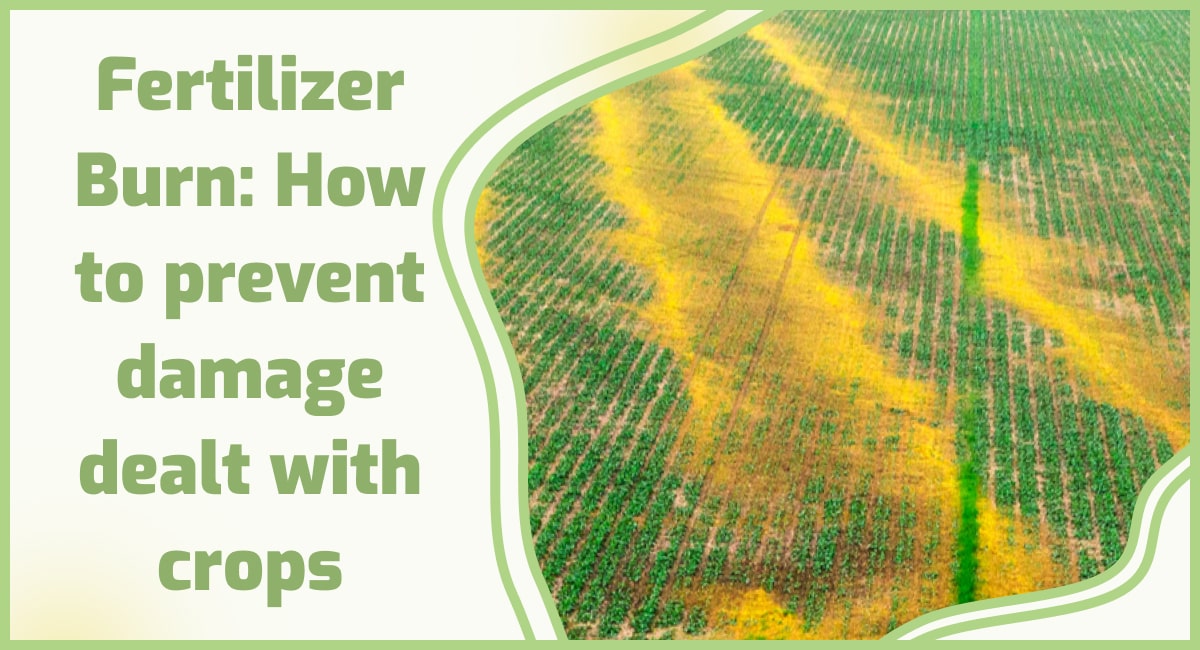Permaculture has been the talk in agricultural platforms and discussions in the last years. If you are an agricultural enthusiast, then, there are higher chances that you are not hearing this for the first time. The talks have been mainly sparked by the increasing interest in sustainable and regenerative agriculture across the globe.
It brings together resources, people, land, and the environment by using mutually usable synergies through no-waste, closed-loop systems that are found in diverse natural systems.
Permanent agriculture research and studies also use solutions that are necessary for rural and also urban situations at any level. It is a general disciplinary toolbox that cuts across water harvesting, natural building, aquaculture, the right technology, agriculture, energy, and also waste management among many others.
What is sustainable permaculture farming?
There are several definitions that are considered to be right. All that they need to have are the three core areas mentioned. These include:
- Caring for the planet – This simply involves aiding in making it possible for all kinds of living systems on the planet to live longer and increase in number.
- Caring for people – It involves allowing humans across the globe to access all the needed resources that they need to survive.
- Fair sharing – This emphasizes only taking all that one needs to survive or live and releasing all the remaining share that you may be holding onto. Any kind of extra can be used in working towards attaining the two core areas above. This also covers taking waste products back into the system for recycling.
Bill Mollison is widely recognized in the agricultural world due to the fact that he is known to be the Father of Permaculture. He together with his student David Holmgren became the first to come up with the term “Permaculture” all the way from a concept derived from permanent agriculture.
As earlier said this is a type of agriculture that works differently from conventional agriculture since it works together with how nature handles things and doesn’t go against it.
Permaculture ethics
As you may know, ethics are defined as universally accepted norms that entail every right thing to do. So, back to our area of discussion, permaculture ethics are not limited to:
- Caring for the Earth
- Caring for the people
- Fair sharing
Caring for the Earth
All of the methods that we use in agriculture to make good or even when it happens to be low harvests need to go hand in hand with caring for the Earth and improving all kinds of life on the planet.
As per permanent agriculture, whenever water is taken from an aquifer, we need to have that water recycled back into the ecosystem.
Caring for the people
When you believe in permanent agriculture, then, you are most likely never to abuse farmworkers. Here, you need to understand that people are not always meant just to build the final product, but also to live the richer life that you live.
Human relationships work the same way as the relationships of elements found in the garden as the pillar of caring for people.
In this ethic, the community is seen to play a very crucial role in attaining complete permaculture. Again, we don’t only pay farm workers a fair salary or price for the tasks done, but also offer them a fair share of whatever they grow.
Fair sharing
The last ethic is fair sharing, and it involves sharing the abundance open-heartedly.
For instance, farmworkers need to have the first dips of the crops since it is them that made it happen and were most likely to be the owners of the farm. The yields also need to be fairly given to the poor or those that need help.
The principles of sustainable permaculture farming
This is the point where permaculture takes a conflicting direction from regenerative agriculture and also organic gardening. It was introduced, evolved, and continues to expand through certain principles.

All those who believe in permanent agriculture all over the world observe and practice certain principles that are the same everywhere around the globe. All these principles are not changed regardless of place, time, or even situations that may arise.
As farmers across the globe use and even develop permaculture techniques and even designs, the more they find more principles that need to be followed.
David Holmgren is the inventor or founder of permaculture who made a list of up to twelve principles. They include:
- Observe and interact – Here, all that you need to do is to take your time and observe nature before you make any changes or even decisions.
- Produce no waste – As you read this article, one of the major trends going around across the world is “zero waste” but again, you need to also know that it all began due to permaculture. When we all value every resource that we have and use them rightly, then, there are fewer chances of anything being wasted.
- Obtain a harvest – Everyone needs to give credit where it is due by ensuring that you get rewarded based on all the energy and time that you spend working on something. For instance, you need food and pay in exchange for what you do. One cannot work when hungry.
- Catch and store energy – Nature always offers resources in given peak times. For instance, you will witness excess sunlight during summer, and less during winter. In certain regions, there are also rainy seasons at some periods, and also droughts at other times.
- Design from patterns to details – You need to carefully understand nature or society. For instance, you may observe how beehives are made, and the design of snail shells, and come up with your own.
- Use self-regulation and accept the feedback – It diversifies and is much different from conventional farming that focusing on monoculture.
- Integrate rather than segregate – it mainly vouches for the use of things to support another and even work jointly and avoids everything making it on its own.
- Use edges and slow solutions – It focuses on everything going at its own pace and not rushing everything. This is because when small systems are used, the slow changes are easier to handle and even maintain.
- Creatively use and respond to impact – Change is a must. Careful observations and reacting on time are more likely to result in positive impacts and not negative ones.
- Use important renewable materials and services – There are lots of renewable materials that are provided by nature across the world. With this, we need to limit the use of non-renewable materials.
- Use and uplift diversity – It diversifies and is much different from the conventional method that focuses on monoculture.
- Use edges and value the marginal – The point at which two conflicting things tend to meet is the most crucial place where amazing things happen.
The benefits of sustainable permaculture farming
Have you ever thought about the benefits of practicing permaculture? Well, it provides several benefits that make it the best choice for many people around the world who own a piece of land and are thinking about planting food. This includes farmers all the way to agriculture enthusiasts.
Below is a list of benefits that you need to know of:
- It is cheap when compared to other techniques – It costs less to grow crops as compared to conventionally planting crops. You will not buy things such as fertilizers and even pesticides.
- Reduced waste – It does not allow anything to be wasted. Things such as leaves, garden wastes, and other wastes are turned into either fertilizer or livestock feeds.
- Less water usage – your water bills are massively lowered since you can choose to use rainwater and wastewater.
- Compatible with the available systems – several agricultural systems can be easily revamped to match permanent agriculture principles.
- Increase self-sufficiency – It enables farmers to grow a wide range of crops in their lands. This gives you the opportunity to grow whatever you need to eat or that which you want.
- Less pollution – Since it is the most natural way that you can use to grow crops, and also use of farm tools such as tractors is rare, there is less pollution.
- Most of the tasks are done by nature – when everything is all set in a permaculture farm, it will begin performing better on its own as opposed to conventional farming.
- Fewer toxins – Since only natural fertilizers are used and only organic pest control techniques, you are most likely not to eat the chemicals resulting from pesticides and even other artificial products.
Common sustainable permanent agriculture practices
Below is a list of some of the practices that you need to know of:
- Fetching rainwater and greywater
- Natural building
- Agroforestry
- Intercropping/companion planting
- Cell grazing
- Sheet mulching
- No-Till or reduced – till farming
- Market gardening
Permaculture brings together resources, people, land, and the environment by using mutually usable synergies through no-waste, closed-loop systems that are found in diverse natural systems. GeoPard aids in attaining all of these by offering products that aid in precision farming such as yield data, crop monitoring, soil data analytics, and many others.
Frequently Asked Questions
1. What is a permaculture farm? How does it work?
It is an ecological and sustainable farming system that integrates various elements, mimicking natural ecosystems. It focuses on creating self-sufficient and regenerative food production systems.
By employing principles like diversity, conservation, and resource efficiency, they promote long-term environmental harmony while maximizing productivity. These farms prioritize organic practices, utilize companion planting, and emphasize soil health, ultimately fostering resilient and self-sustaining agricultural ecosystems.
2. Is permaculture sustainable?
Yes, it is considered a sustainable approach to farming. It emphasizes principles such as ecological design, renewable resources, and minimal waste. It aim to create self-sustaining systems that work in harmony with nature, reducing dependence on external inputs and minimizing negative environmental impacts.
3. How is permaculture farming different from conventional farming?
It differs from conventional farming in several ways. Firstly, permaulture focuses on mimicking natural ecosystems and using nature as a guide, while conventional farming often relies on synthetic inputs and monoculture practices.
Secondly, permaculter emphasizes biodiversity, companion planting, and soil health, whereas conventional farming may prioritize high-yield monocrops and chemical inputs. Thirdly, permacylture aims for self-sufficiency and minimal waste, while conventional farming may rely on external inputs and generate more waste.
Lastly, it promotes long-term sustainability and regenerative practices, whereas conventional farming may have a heavier environmental impact.
4. Where is permaculture used?
Permaculter is used worldwide in various settings and contexts. It is applied in both rural and urban environments, including small-scale homesteads, community gardens, and even commercial farms. Its principles can be seen in sustainable agriculture projects, reforestation efforts, and ecological restoration initiatives.
Additionally, parmaculture is utilized in designing resilient landscapes, green infrastructure, and sustainable urban planning. Its adaptable nature allows permacylture to be implemented in diverse locations, promoting ecological harmony and sustainability.
5. How to start a permaculture farm or garden?
To start a farm or garden, follow these steps:
- Begin by observing your land and understanding its unique characteristics, such as sunlight, water availability, and soil quality.
- Plan and design your permacylture farm or garden, incorporating elements like raised beds, swales, and composting systems to maximize efficiency and productivity.
- Choose a diverse range of plants that support each other through companion planting and create a resilient ecosystem. Incorporate perennial crops and native species for long-term sustainability.
- Implement sustainable practices like water conservation, organic fertilizers, and natural pest control methods. Continuously learn and adapt to your specific environment, promoting biodiversity and nurturing the health of your farm or garden.
6. Difference between permaculture and organic farming?
Permatculture and organic farming have some similarities but also key differences. While both prioritize sustainable practices, organic farming primarily focuses on avoiding synthetic inputs and following specific certification standards. Parmaculture, on the other hand, is a holistic design system that aims to mimic natural ecosystems and create self-sufficient environments.
Permaulture goes beyond organic farming by incorporating principles like biodiversity, companion planting, and regenerative practices to create resilient and productive systems. It emphasizes a broader approach to sustainability, considering social and economic aspects alongside ecological ones.
7. How does permaculture help the environment?
Permatculture offers several ways to help the environment. Firstly, it promotes sustainable land use practices that prioritize soil health, water conservation, and biodiversity. This helps to prevent soil erosion, enhance water quality, and protect habitats.
Secondly, permaulture minimizes the use of synthetic inputs and chemicals, reducing pollution and the negative impact on ecosystems. Thirdly, permatculture systems actively sequester carbon through techniques like agroforestry and composting, mitigating climate change.
Lastly, by creating self-sustaining food production systems, parmaculture reduces reliance on environmentally damaging agricultural practices, fostering a more regenerative and harmonious relationship with the environment.
8. Is landscaping considered agriculture?
Landscaping is not typically considered agriculture in the traditional sense. While agriculture involves the cultivation of crops or raising of livestock for food production, landscaping primarily focuses on the design and maintenance of outdoor spaces for aesthetic or functional purposes.
Landscaping may involve activities such as planting and maintaining ornamental plants, designing hardscapes, and creating visually appealing outdoor environments. However, it does not involve large-scale food production or the same level of agricultural practices found in farming operations.
9. What is permaculture design?
It involves observing and understanding the patterns and relationships within the environment to develop an integrated plan. Its design incorporates the concept of zones, which categorize different areas based on their proximity to human activity and their specific functions.
Zones range from Zone 0 (the center of human activity, such as the home) to Zone 5 (the wild or natural area). Each zone is designed and managed to fulfill specific needs, optimize efficiency, and minimize unnecessary movement and energy use.
Whats









